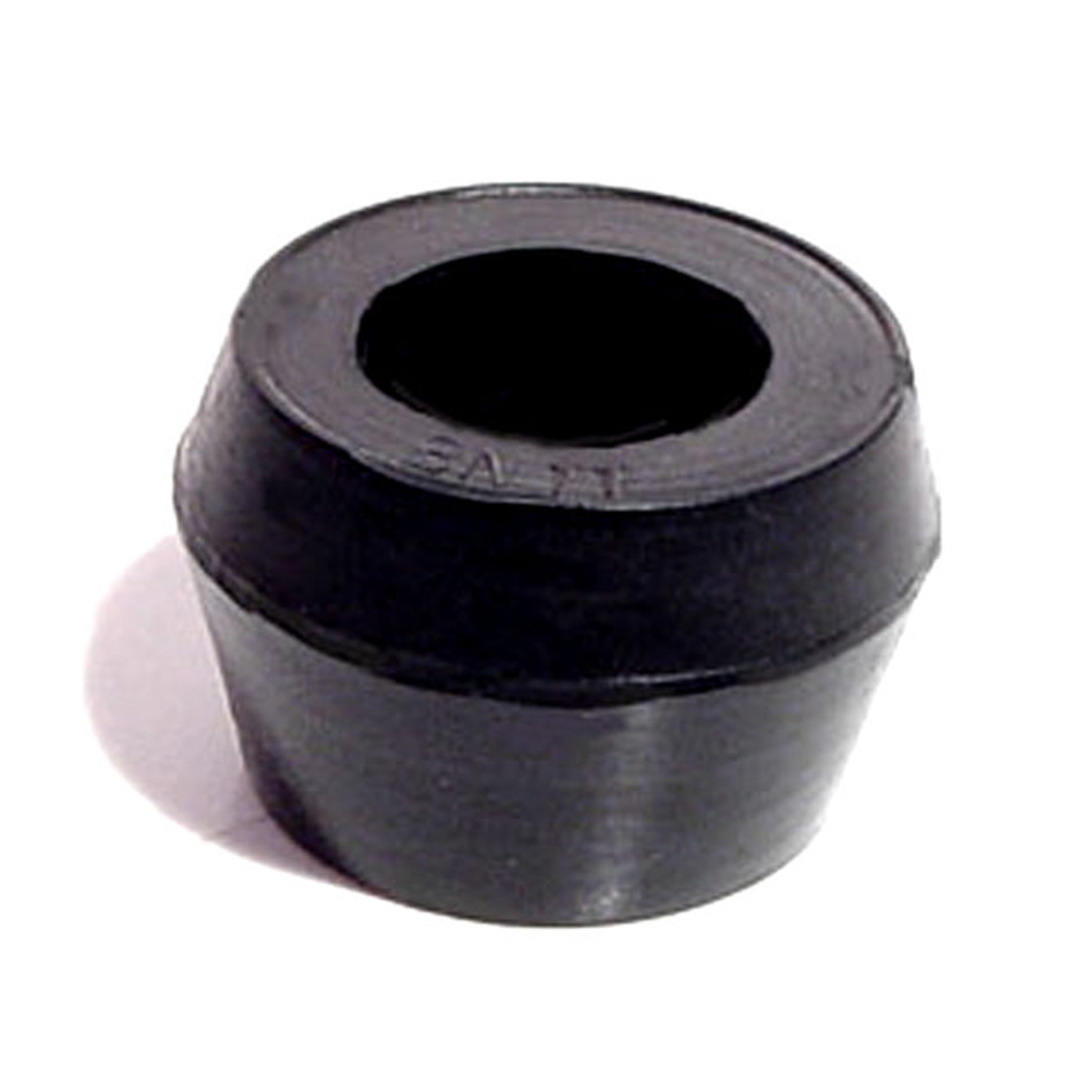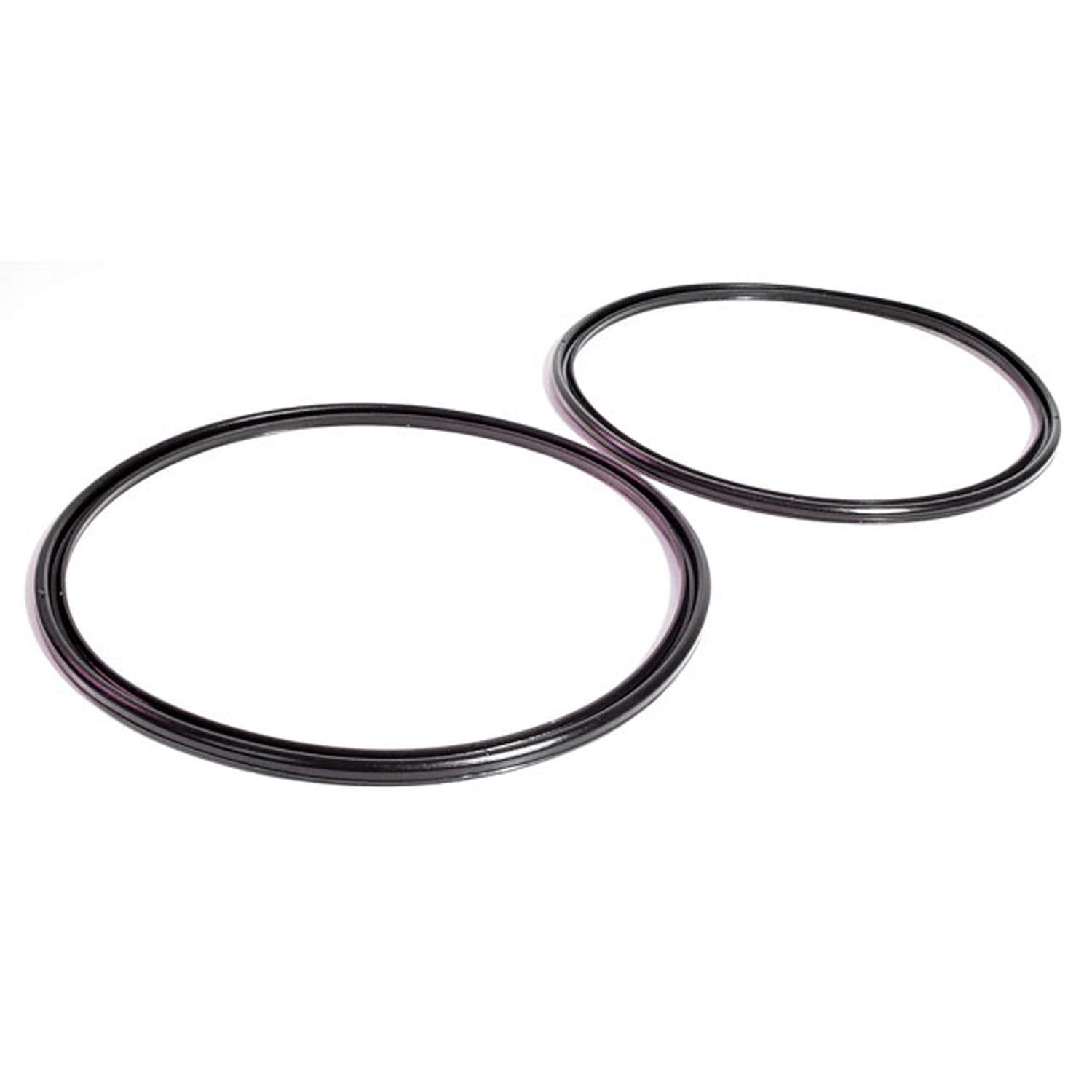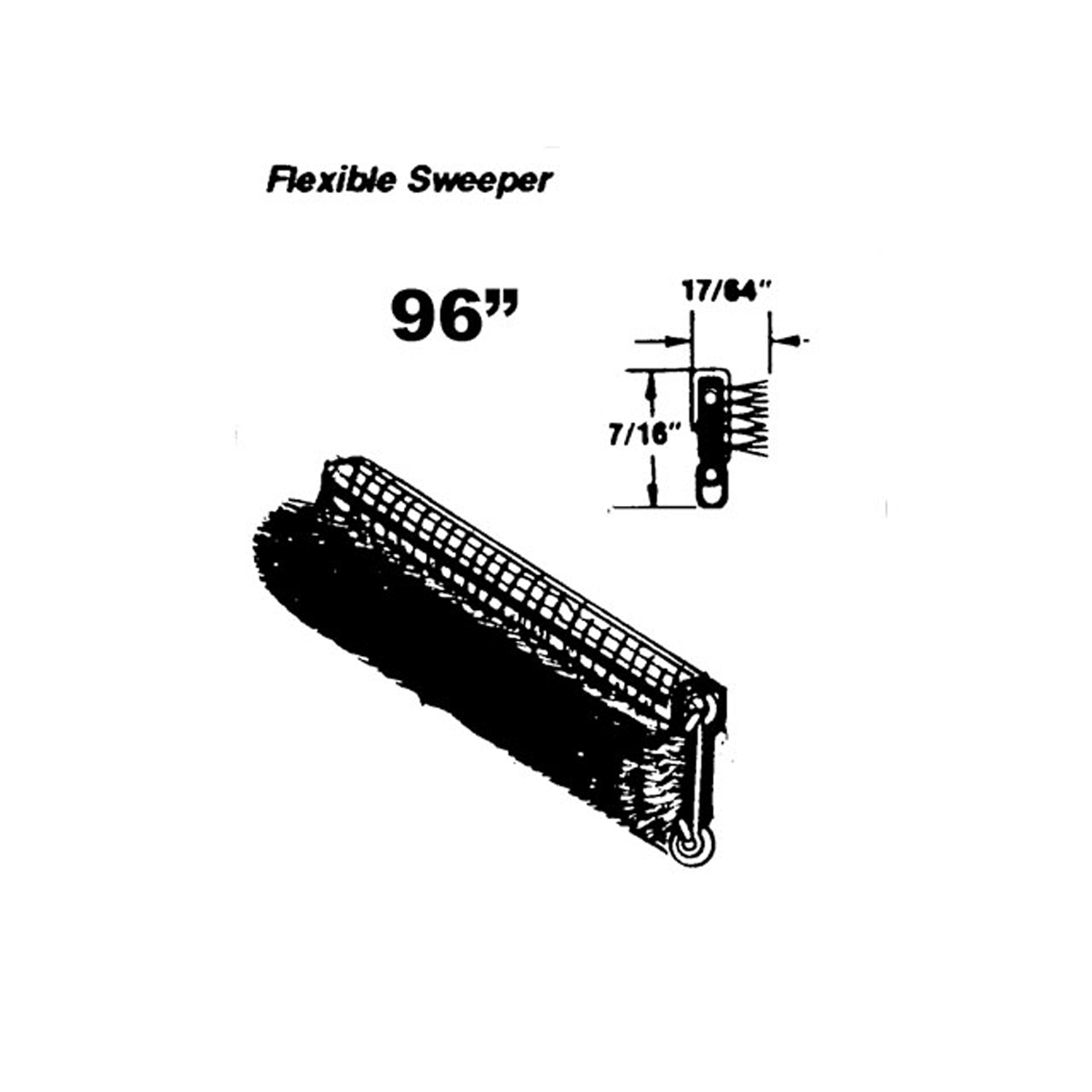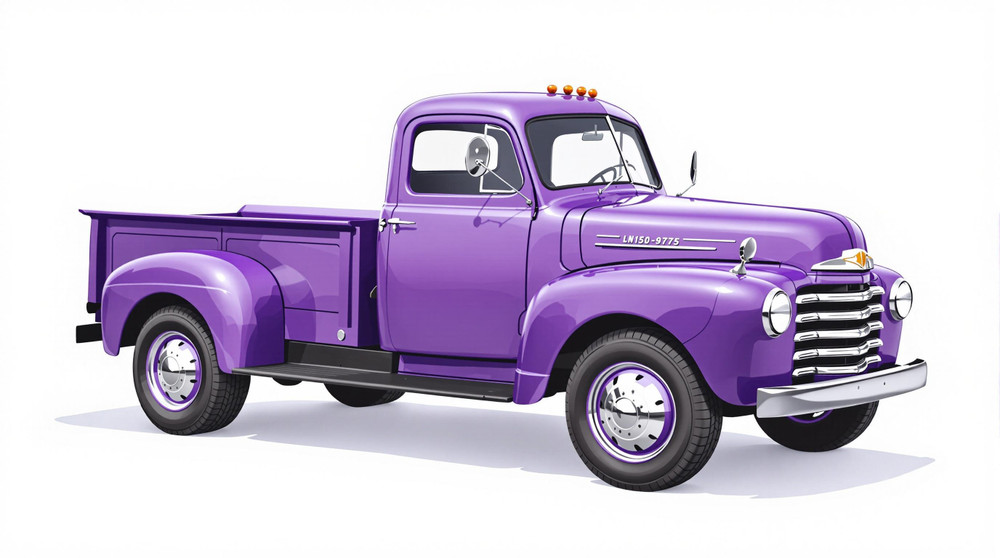Image of 1952 International L130, Note: These illustrations use artistic license and may differ from actual historical models.
Performance Metrics
Fundamental Metrics
Emotional Appeal
MMP Rating
| Engine Specifications | |
|---|---|
| Engine: | Inline 6 |
| Displacement: | 220 cubic inches |
| Horsepower: | Estimated 93-100 hp |
| Torque: | 170 lb-ft |
| Compression Ratio: | Estimated 7.0:1 |
| Ignition System: | Distributor and coil |
| Cooling System: | Liquid-cooled |
| Performance Specifications | |
| 0-60 Time: | Not available due to the vehicle's age and type |
| 1/4 Mile Time: | Not available due to the vehicle's age and type |
| Top Speed: | 60 mph |
| Transmission and Drive | |
| Drive Type: | Rear-wheel drive |
| Transmission Type: | 4-speed manual |
| Fuel and Efficiency | |
| Fuel System Type: | Carburetor |
| MPG: | Estimated 10-15 mpg |
| Dimensions and Brakes | |
| Brakes: | Drum brakes |
| Wheelbase: | 130 inches |
| Weight: | 3,500 lbs |
Note: Specifications for classic cars are given to the best of our ability, considering the limited and variant data available.
The Stalwart of the Heartland: The 1952 International L130
The 1952 International L130 doesn't just transport you to another era; it embodies the resilient spirit of mid-century America. Born from the assembly lines of International Harvester, a company renowned for its agricultural machinery and trucks, this vehicle emerged as a symbol of rugged dependability. Its historical context is rooted in the post-war boom, where industry and farming required reliable workhorses, and the L130 answered that call with gusto. A notable moment in its history is its role in paving the way for modern pickup trucks, setting standards in utility and design.
Design and Innovation
With its bold, no-nonsense lines and a grille that mirrored the toughness of a farm tractor, the L130's exterior styling was both practical and distinctive. Inside, the cabin was spartan but functional, with materials chosen for durability over luxury. Technologically, it boasted features like a four-speed manual transmission and a robust suspension system designed to handle heavy loads. Color options were typically utilitarian, with Forest Green and Harvest Red being popular choices. The L130 was offered in various body styles, but its single-rear-wheel pickup configuration remains the most iconic and celebrated by enthusiasts.
Historical Significance
The L130's impact on automotive design was subtle yet profound. It set a precedent for future pickups with its emphasis on functionality and driver comfort. What truly set it apart from its contemporaries was its multi-role capability, serving as both a farm implement and a family vehicle. Its lasting influence can be seen in the versatility that has become a hallmark of modern trucks.
Performance and Handling
Performance-wise, the L130 was never about speed—it was built to work. With a top speed that would be modest by today's standards, it was more focused on torque and towing capacity. Handling was straightforward, with a firm ride that communicated every nuance of the road. Driving an L130 was an immersive experience; the rumble of its inline-six engine was music to the ears of truck aficionados, and the direct feedback through the steering wheel made drivers feel at one with the machine.
Ownership Experience
The L130 served various roles, from daily farm work to gracing the lawns of classic car shows. Its maintenance is characteristic of vehicles from its time—mechanically simple yet requiring regular attention. Reliability is one of its strong suits, with many parts still available thanks to the truck's shared DNA with other International Harvester models.
Fun Facts
The L130 has its share of trivia: some were outfitted with power take-offs (PTOs) for running farm equipment directly from the vehicle—a testament to its agricultural roots. While not known for setting speed records, it has certainly set standards for endurance and versatility. Criticisms were few but often pointed at its austere comfort levels compared to modern vehicles.
Collector's Information
Today, a well-preserved 1952 International L130 can fetch a wide range of values, depending on condition and originality. Production numbers were not always meticulously recorded, but it's estimated that thousands were produced. As for appreciation, these trucks have seen a steady increase in value among collectors who cherish their historical significance and utilitarian charm.
Conclusion
The 1952 International L130 stands as a testament to an era when vehicles were built to last and serve multiple purposes. It's a piece of Americana that continues to captivate enthusiasts and collectors alike. Whether it's admired on a serene country road or showcased at an event, the L130 is more than just a truck—it's a slice of history that continues to tell its story.
1952 International L130 Catalog of Parts
 1952 International L130 Shock Absorber Grommet. 1" bottom O.D-BN 11Shock Absorber Grommet. 1" bottom O.D., 3/4" high, with 5/8" I.D. Each
1952 International L130 Shock Absorber Grommet. 1" bottom O.D-BN 11Shock Absorber Grommet. 1" bottom O.D., 3/4" high, with 5/8" I.D. Each 1952 International L130 Trim Ring Lens Seals. Rubber. 7-3/4" O.D., 7-1/8" I.D-HR 10Trim Ring Lens Seals. Rubber. 7-3/4" O.D., 7-1/8" I.D. Pair
1952 International L130 Trim Ring Lens Seals. Rubber. 7-3/4" O.D., 7-1/8" I.D-HR 10Trim Ring Lens Seals. Rubber. 7-3/4" O.D., 7-1/8" I.D. Pair 1952 International L130 Flexible window sweeper-WC 5-96Flexible window sweeper. Made with black electro-plated steel. 96 in. long. Each. NOTE: $20 special shipping charge applies for domestic orders. Call or email for overseas shipping costs. Part can be sectioned in two or three equal lengths to reduce overseas shipping costs.
1952 International L130 Flexible window sweeper-WC 5-96Flexible window sweeper. Made with black electro-plated steel. 96 in. long. Each. NOTE: $20 special shipping charge applies for domestic orders. Call or email for overseas shipping costs. Part can be sectioned in two or three equal lengths to reduce overseas shipping costs. 1952 International L130 Vent Window Seals. Fits Trucks with Double Back Glass-WR 4900Vent Window Seals. Fits Trucks with Double Back Glass. Pair R&L
1952 International L130 Vent Window Seals. Fits Trucks with Double Back Glass-WR 4900Vent Window Seals. Fits Trucks with Double Back Glass. Pair R&LWhy Choose Metro?
For over 100 years, Metro Moulded Parts has been the pinnacle of quality in classic car restoration parts. Our commitment to precision and authenticity in every component ensures a perfect fit and an OEM-level appearance.
- Expert Craftsmanship & Quality: Each part is a testament to our dedication to reliability and perfection, crafted from original designs and thoroughly tested.
- Advanced Technology: We use cutting-edge techniques to create flawless, long-lasting parts that surpass others in performance.
- SuperSoft Sponge – The Ultimate Door Seal: Not only are our door seals 30% softer than competitors', but they're also guaranteed to never leak. They effectively reduce wind and road noise, enhancing your classic car's comfort and driving experience.
- Proudly American: Our parts are a product of American craftsmanship, made in the USA with a spirit of excellence and heritage.
- Unrivaled Warranty: We back our products with a 30-year industry-leading warranty, a testament to our confidence in their quality.
Join us in preserving the legacy of classic cars with parts that are crafted for perfection, not just made.

